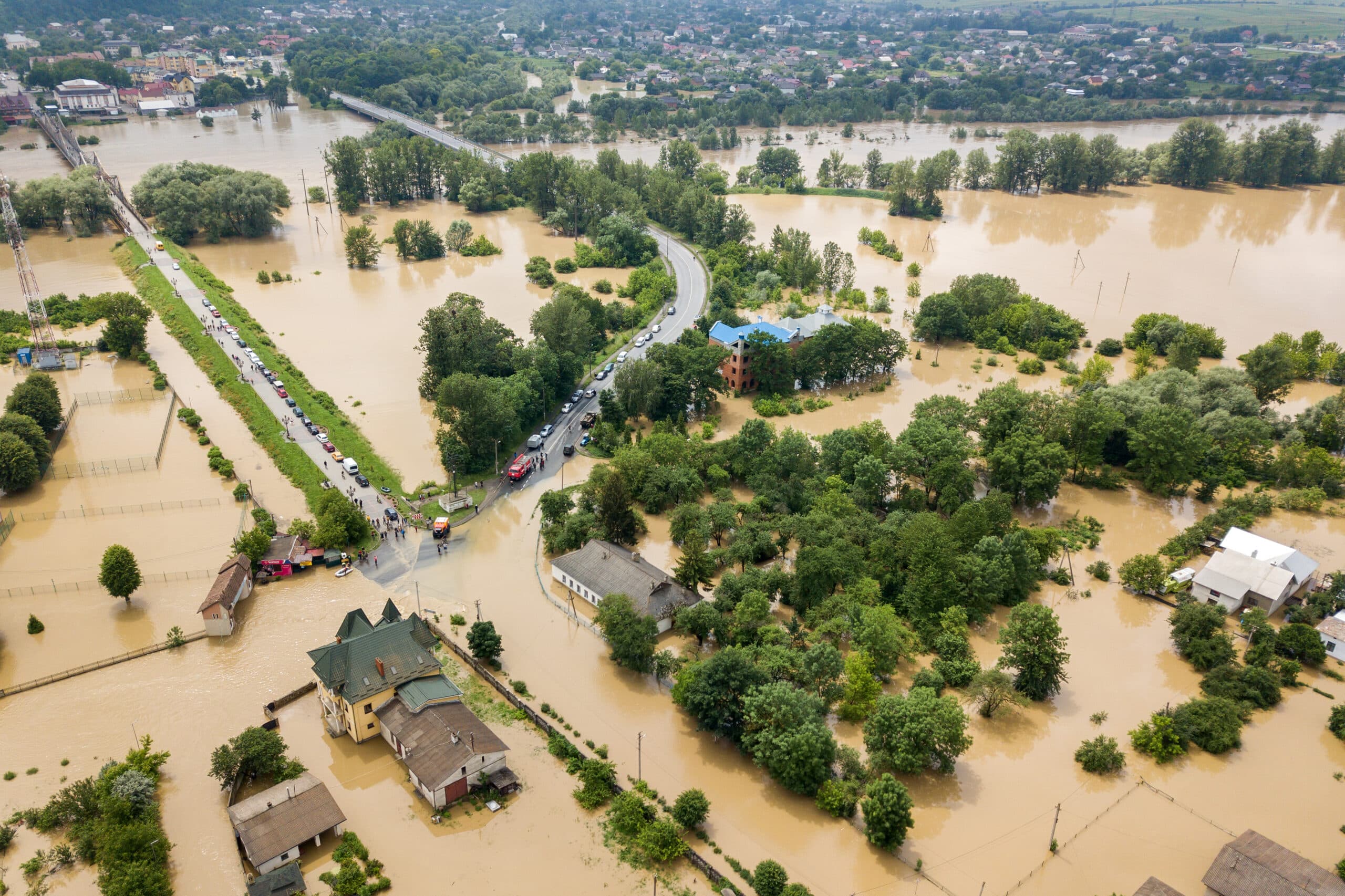
Infrastructure adaptation report for city council
Following a flash flooding event in the city, our sectoral climate risk assessments included short-duration extreme rainfall events to inform long-term risk reduction and adaptation planning.

Challenge
On the afternoon of 4 March 2021, parts of Hamilton, New Zealand, experienced a 1-in-12-year rain event, with one official rain gauge recording at least 15.6mm of rain in about 12 minutes. The flash flooding from that mid-afternoon event was still snarling rush-hour traffic two hours later. At least one major arterial route was down to one lane, with surface water slowing traffic in the lane that remained open. The city recognised it needed a strategy in the future to begin to enhance its understanding of future risk and how infrastructure and services could improve.
Insight
The event made the city council increasingly aware of the need to plan and adapt to climate change. ClimSystems was asked to complete a climate change and infrastructure report that would inform the action the city could take to ensure infrastructure and services are climate resilient.
Solution
One part of our report demonstrated the importance of using short-duration rainfall events to indicate urban flood risk. Understanding the changes in rainfall patterns can help councils identify infrastructure at significant risk, enabling them to build a plan to improve its durability.
In addition, we completed sectoral climate risk assessments, including extreme wind analysis and heat events, to form the backbone of long-term risk reduction and adaptation planning.
The city council’s Sustainability and Environment Advisor who requested the climate assessment said the report would provide them with what they needed for the Infrastructure Strategy but also guide their thinking for the Climate Change Strategy.





